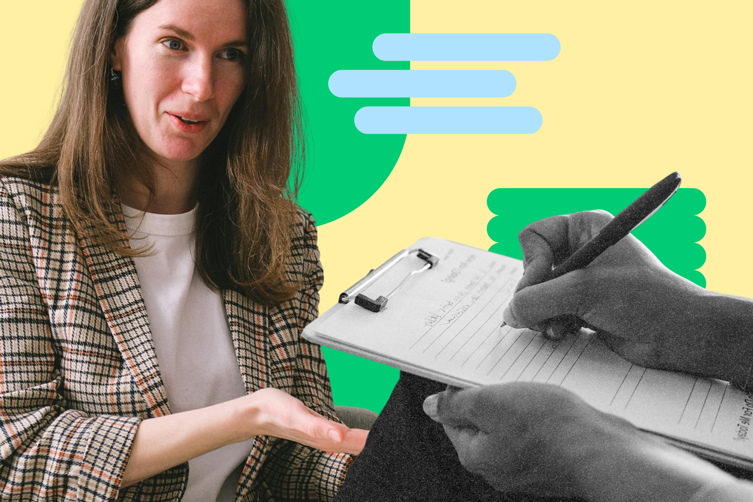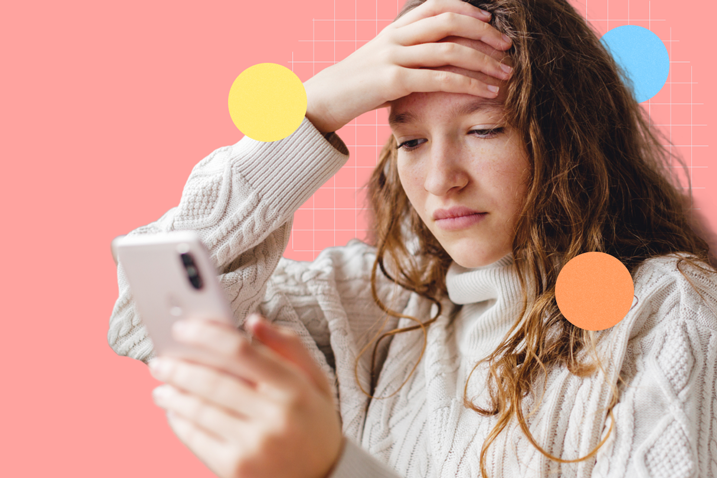Understanding Anxiety and Panic Attacks
Anxiety and panic attacks are closely related but distinct experiences. Think of them as existing on the same spectrum: anxiety is the persistent background hum of worry, while panic attacks are acute episodes of intense fear.
Many people with anxiety disorders experience both, the chronic unease of daily anxiety punctuated by sudden panic attacks. In fact, panic attacks often develop as anxiety intensifies, creating a cycle where fear of future attacks becomes part of the anxiety itself. Panic attacks are defined as:
- Sudden onset: Symptoms peak within minutes and can feel as if they come “out of the blue.”
- Intense physical surge: Racing heart, chest pain, shortness of breath, dizziness, or nausea.
- Fear of losing control: Many people worry they’re having a heart attack or “going crazy,” which amplifies the panic.
Panic attacks are time-limited surges of intense fear or discomfort that peak within minutes and are often accompanied by physical symptoms like chest tightness, dizziness, or shortness of breath.
Panic disorder occurs when these attacks are recurrent and unexpected, followed by persistent worry about having more episodes or noticeable changes in behavior to avoid them.
While panic attacks are the hallmark of panic disorder, they can also occur in other anxiety conditions, which is why understanding both helps clarify how they interact and why similar treatments can be effective for each.
Panic Attack Symptoms: Frequency of Physical Manifestations
| Physical Symptom | Percentage of Panic Attack Sufferers |
|---|---|
| Racing heart/palpitations | 82% |
| Shortness of breath | 75% |
| Chest pain/discomfort | 68% |
| Dizziness or faintness | 61% |
| Sweating | 54% |
| Trembling or shaking | 49% |
Data from the Anxiety and Depression Association of America (ADAA)
Proven Treatments for Anxiety and Panic Attacks
A multi-faceted approach often yields the best results for anxiety treatment and offers lasting stress relief. The most effective path forward combines professional support with proactive self-care.
Therapy and Counseling for Anxiety and Panic Attack Relief
Therapy is a cornerstone of effective anxiety and panic attack treatment. It provides a confidential space to understand the root causes of your symptoms and develop powerful coping mechanisms.
Specialized Therapy Formats and Considerations
- Individual vs. Group Therapy: Individual therapy provides personalized attention and privacy, while group therapy offers peer support, multiple perspectives, and opportunities to practice social skills in a safe environment. Many people benefit from combining both approaches.
- Virtual Therapy Options: Online therapy has become increasingly effective and accessible, with studies showing comparable outcomes to in-person sessions for anxiety treatment. This option eliminates transportation barriers and allows therapy in your comfortable environment.
- Family or Couples Therapy: When anxiety affects relationships, involving family members or partners can improve understanding, communication, and support systems.
Finding the right therapist is key to building a strong therapeutic relationship. Consider factors like their specialization in anxiety disorders, therapeutic approach, and whether you feel comfortable opening up to them. Many therapists offer initial consultations to help determine if it's a good fit. Remember that therapy is a collaborative process, and it may take a few sessions to feel completely comfortable.
Holistic Lifestyle Strategies for Anxiety and Panic Attack Relief
Your daily habits and self-care routines play a powerful role in managing anxiety. Integrating these strategies provides immediate stress relief and builds long-term resilience.
Advanced Breathing Techniques Beyond the Basics
The 4-7-8 breathing method, developed by Dr. Andrew Weil, involves inhaling for 4 counts, holding for 7, and exhaling for 8. This pattern activates your parasympathetic nervous system, naturally calming your body's stress response. Box breathing, used by Navy SEALs, creates a perfect square pattern: 4 counts in, 4 counts hold, 4 counts out, 4 counts hold. Practice these techniques when you're calm, so they become automatic tools during high-stress moments.
The Science of Movement: Exercise as Medicine for Anxiety
Exercise isn't just good for your body, it's powerful medicine for your brain. When you move, your brain releases a cascade of neurotransmitters including endorphins, serotonin, and GABA, nature's anti-anxiety chemicals.
A 2023 study found that people who exercise consistently experience noticeable drops in anxiety compared to those who don’t. Another 2023 study found similar results for college students, especially when the activity was moderate to high intensity; think brisk walking, dancing, cycling, or sports.
You don’t need a perfect routine or a gym membership. What matters most is consistency. A few short bursts of movement throughout the day, a 10-minute walk between meetings, taking the stairs, stretching breaks, can add up.
Nutrition's Role: Eating for Mental Wellness
Your gut and brain are intimately connected through the vagus nerve, forming the gut-brain axis. What you eat directly impacts your mental health.
- Omega-3 fatty acids, found in salmon, walnuts, and flaxseeds, reduce brain inflammation linked to anxiety.
- Magnesium-rich foods like spinach, pumpkin seeds, and dark chocolate (85% cacao or higher) have been shown to calm your nervous system.
- The Mediterranean diet has been shown to reduce anxiety by up to 30%.
Always consult your doctor before making significant dietary changes, especially if you have existing health conditions or take medications.
Sleep Optimization: The Anxiety-Proof Bedtime Routine
Quality sleep is your brain's reset button, but anxiety and sleep have a bidirectional relationship, poor sleep increases anxiety, and anxiety disrupts sleep.
- Create a "sleep sanctuary" by keeping your bedroom cool (65-68°F), dark, and device-free.
- Implement a "worry window” by setting aside 15 minutes earlier in the evening to write down concerns, then literally close the notebook on them.
- Keep a consistent wake time, wind down 60–90 minutes before bed, reserve the bed for sleep/intimacy, and limit long naps. If you can’t sleep after ~20 minutes, get up and do something quiet/dim until sleepy
- If anxiety persists, the 4-7-8 breathing technique can lull you back to sleep without the grogginess of sleep aids.
Digital Wellness: Managing Technology-Induced Anxiety
Your smartphone might be increasing your anxiety without you realizing it. The average person checks their phone 96 times daily, creating a constant state of alertness that keeps cortisol levels elevated.
- Implement "tech-free zones" during meals and the hour before bed.
- Turn off non-essential notifications, each ping triggers a micro-dose of stress hormones.
- Try the "grayscale challenge" by switching your phone to black and white, making it less appealing and reducing compulsive checking.
- Replace doom-scrolling with anxiety-reducing apps, but set a timer to avoid replacing one compulsion with another.
Social Connection: The Natural Anti-Anxiety Remedy
Human connection is a powerful buffer against anxiety, triggering oxytocin release that naturally counters cortisol. However, anxiety often drives social isolation, creating a vicious cycle.
Start small: make eye contact and smile at one person daily. Join groups aligned with your interests, book clubs, hiking groups, or volunteer organizations provide structured social interaction with built-in conversation topics.
For deeper connections, practice "vulnerability sharing" with trusted friends, revealing your authentic struggles often strengthens relationships and reduces shame. Remember, quality trumps quantity: having 2-3 close relationships provides more anxiety protection than numerous superficial ones.
Creating Your Personal Anxiety-Relief Toolkit
Everyone's anxiety is unique, so your relief strategies should be personalized. Create an "anxiety first-aid kit" with items that engage multiple senses: lavender essential oil for smell, a smooth worry stone for touch, calming playlist for hearing, and photos of peaceful places for sight.
Develop "if-then" plans: if you feel panic rising at work, then you'll excuse yourself to the bathroom for 4-7-8 breathing. Track your anxiety patterns for two weeks, note when it peaks, what triggered it, and what helped. This data becomes your personal anxiety map, revealing which strategies work best for specific situations. Remember, managing anxiety is a skill that improves with practice, be patient with yourself as you build your toolkit.
Medication as an Anxiety Treatment Option
For many, medication is a vital part of a treatment plan, often used alongside therapy to manage symptoms and accelerate recovery. Common medications include antidepressants (like SSRIs and SNRIs) and specific anti-anxiety medications. The journey to finding the right medication and dosage can sometimes involve frustrating trial and error.
Treatment Outcomes: Effectiveness Rates by Approach
| Approach | Evidence-based summary | Typical timeframe |
|---|---|---|
| CBT | Effective across anxiety disorders, with benefits that typically endure well beyond treatment. A 2024 longitudinal study found that 63% of patients treated with CBT for anxiety remained in remission a decade later. | 12–16 weeks of weekly sessions |
| SSRIs/SNRIs | Large-scale research shows that SSRIs reduce anxiety symptoms for about 6 to 7 out of every 10 people who complete treatment. | Onset ~4–6 weeks; assess at 8–12 weeks |
| Combined (CBT + medication) | Research shows that CBT alongside an antidepressant improves symptoms faster and shows greater reductions in anxiety symptoms compared to those who took medication alone. | Often 8–12+ weeks |
| Lifestyle modifications | Lifestyle changes like exercise, better sleep, and mindfulness can help ease anxiety, but research shows their overall impact is modest. | Varies (often 8–12+ weeks) |
Based on meta-analysis of 87 clinical trials, 2019-2023
Finding the Right Help with Panic Attacks and Anxiety
Spring Health simplifies your path to feeling better with a comprehensive and personalized approach designed for results. We provide fast access to care, with members able to book an appointment with a provider in less than two days. Each member is paired with a dedicated Care Navigator who offers guidance and support throughout their entire journey.
Our personalized plans draw from a full spectrum of care, including therapy, coaching, medication management, and self-guided exercises. For those with more severe anxiety or complex conditions, we offer proven, in-network Specialty Care to ensure you receive the precise level of support you need to get better.
Evidence-Based Therapies for Anxiety and Panic Attacks
Several evidence-based therapies are highly effective for providing anxiety treatment and help with panic attacks:
- Cognitive Behavioral Therapy (CBT) is particularly effective for both conditions, helping you learn to identify and reframe negative thought patterns and behaviors through cognitive restructuring.
- Mindfulness-Based Cognitive Therapy (MBCT): Combines CBT with mindfulness meditation, teaching you to observe thoughts without judgment. Studies show MBCT can reduce relapse rates by 40% for people with recurrent anxiety.
- Psychodynamic Therapy: Explores how unconscious patterns and early experiences contribute to current anxiety, helping you understand and change deep-rooted emotional responses.
- Exposure Therapy is especially valuable for panic attacks, gradually helping you face feared situations in a controlled environment until they lose their power.
- Acceptance and Commitment Therapy (ACT): Focuses on accepting anxious thoughts rather than fighting them, while committing to actions aligned with your values. Research shows ACT can reduce anxiety symptoms by up to 50% in 12-16 sessions.
- Dialectical Behavior Therapy (DBT): Particularly effective for anxiety combined with emotional dysregulation, teaching distress tolerance, emotion regulation, and mindfulness skills.
- Eye Movement Desensitization and Reprocessing (EMDR): Originally developed for trauma, EMDR has shown promising results for panic disorders, especially when panic attacks are linked to past traumatic experiences.
- Interpersonal Therapy (IPT): Addresses how relationship issues and life transitions contribute to anxiety, focusing on improving communication patterns and social support.
Take the First Step Toward Relief with Spring Health
Anxiety and panic attacks are highly treatable conditions that affect millions of Americans, but you don't have to face them alone. While a combination of therapy, medication when appropriate, and lifestyle changes can lead to significant improvement and long-term well-being, the key is finding the right care that's personalized for your unique needs.
Why Spring Health is Your Fastest Path to Recovery
Spring Health revolutionizes mental healthcare by eliminating the traditional barriers that keep people from getting help. While the average wait time to see a mental health provider is 3-4 weeks, Spring Health members can book an appointment in less than two days, often as soon as tomorrow. This rapid access to care can be life-changing when you're struggling with anxiety or panic attacks.
Our innovative approach combines cutting-edge technology with compassionate, human-centered care. Every member receives a personalized treatment plan based on their specific symptoms, preferences, and goals. This isn't one-size-fits-all mental health, it's precision care designed to get you better, faster.
The Spring Health Advantage: What Sets Us Apart
- Proven Results: Our data-driven approach delivers measurable outcomes. Spring Health members experience a 60% improvement in depression and anxiety symptoms within just 10-12 weeks of starting treatment, significantly faster than traditional mental healthcare.
- Comprehensive Treatment Options: Access the full spectrum of mental healthcare in one integrated platform. From evidence-based therapy and medication management to coaching and self-guided tools, we offer everything you need for complete mental wellness.
- In-Network Specialty Care: For those with more complex anxiety conditions or co-occurring disorders, we provide seamless access to specialized, in-network care including intensive outpatient programs and specialized treatment tracks.
Deciding to seek help is a sign of strength, not weakness. If you're struggling with anxiety or panic attacks, don't wait to feel better. Every day you delay is another day of unnecessary suffering. Spring Health makes it easy to take that crucial first step with:
- Quick online assessment to match you with the right provider
- Flexible scheduling including evening and weekend appointments
- Virtual sessions from the comfort of your home
- Affordable pricing with most major insurance plans accepted

Nicole Roger is a licensed behavioral health therapist with over a decade of experience specializing in substance use disorders and dual diagnoses. She has provided direct care across non-profits, government agencies, schools, and start-ups, bringing both compassion and clinical expertise to diverse communities. In her current role as Director of Clinical Partnerships at Spring Health, Nicole serves as a Subject Matter Expert, guiding organizations in adopting mental health solutions that support employees and their families in thriving. Previously, she worked as a Provider for Spring Health, focusing on substance use and trauma. Bridging fro

Gail Smith supports Spring Health customers as a Senior Strategic Clinical Advisor, providing insights and strategic recommendations. She is a licensed behavioral health clinician who is dedicated to helping organizations foster a culture of well-being in the workplace by addressing their mental health needs.
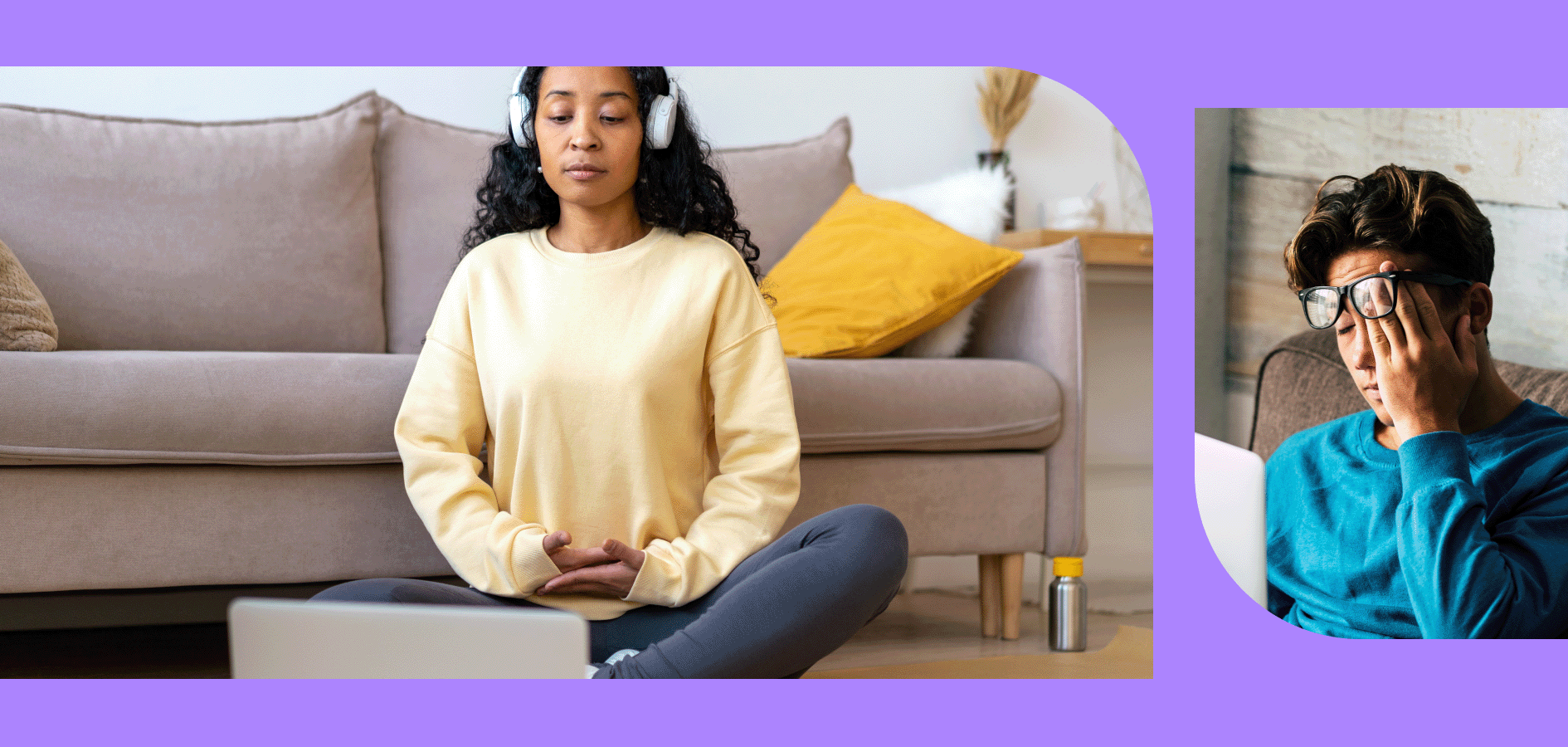
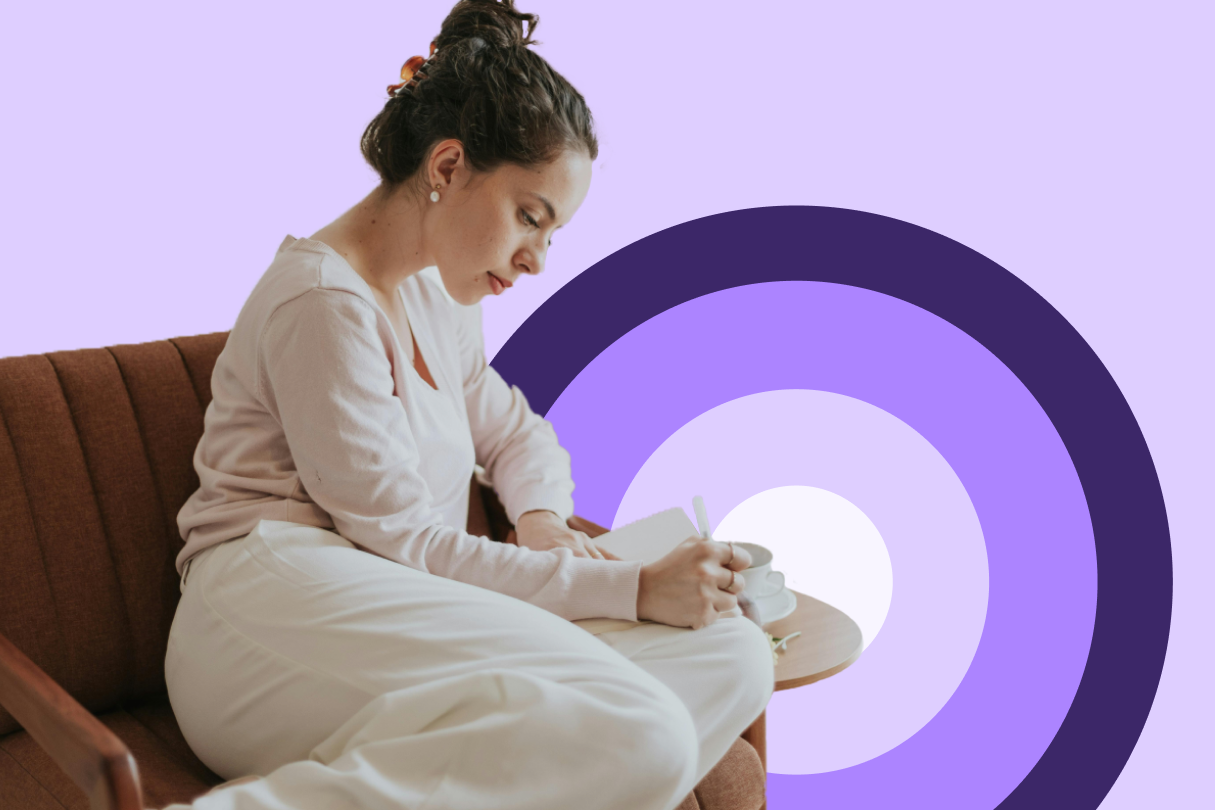


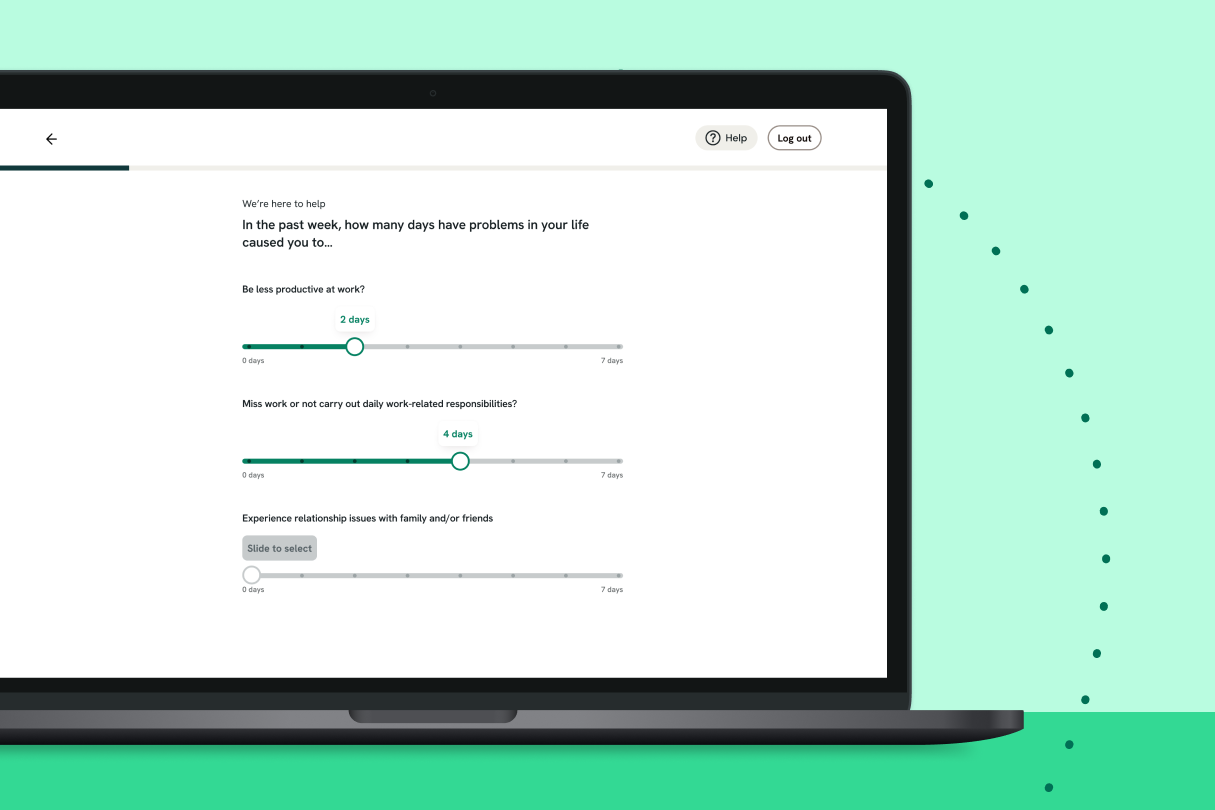


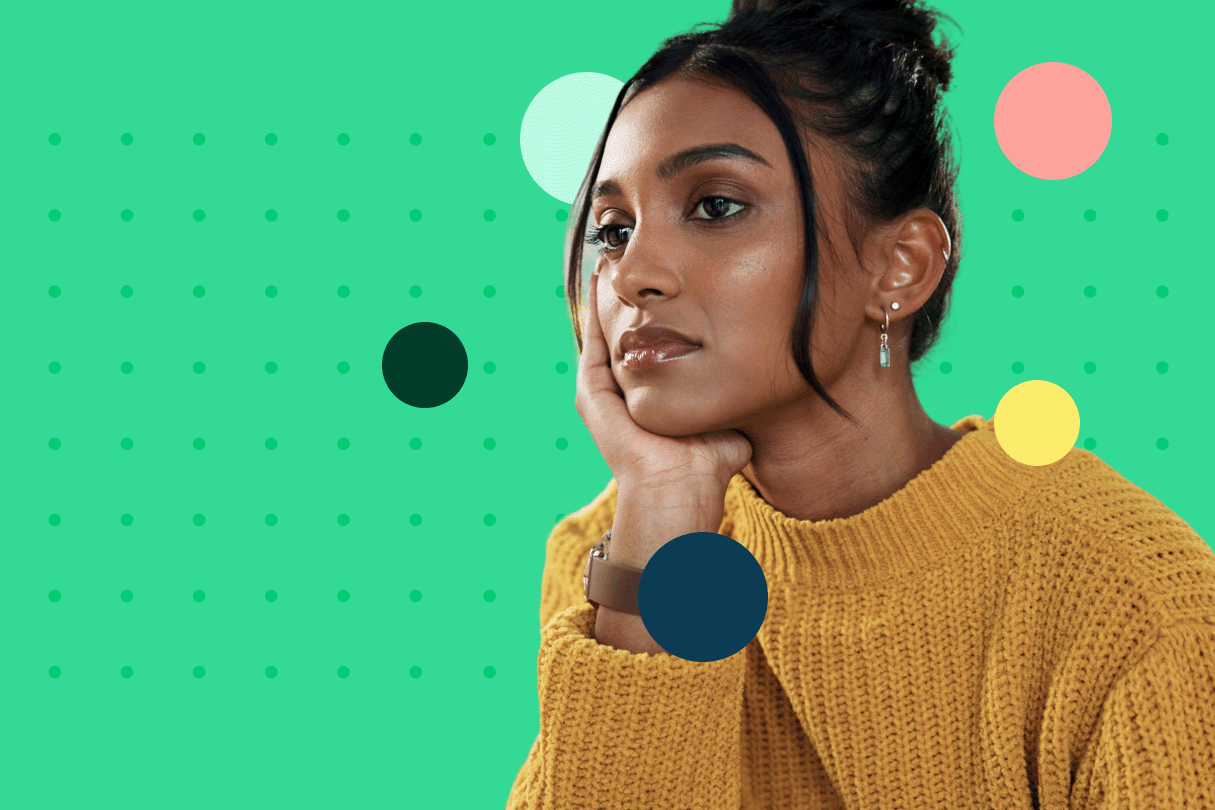


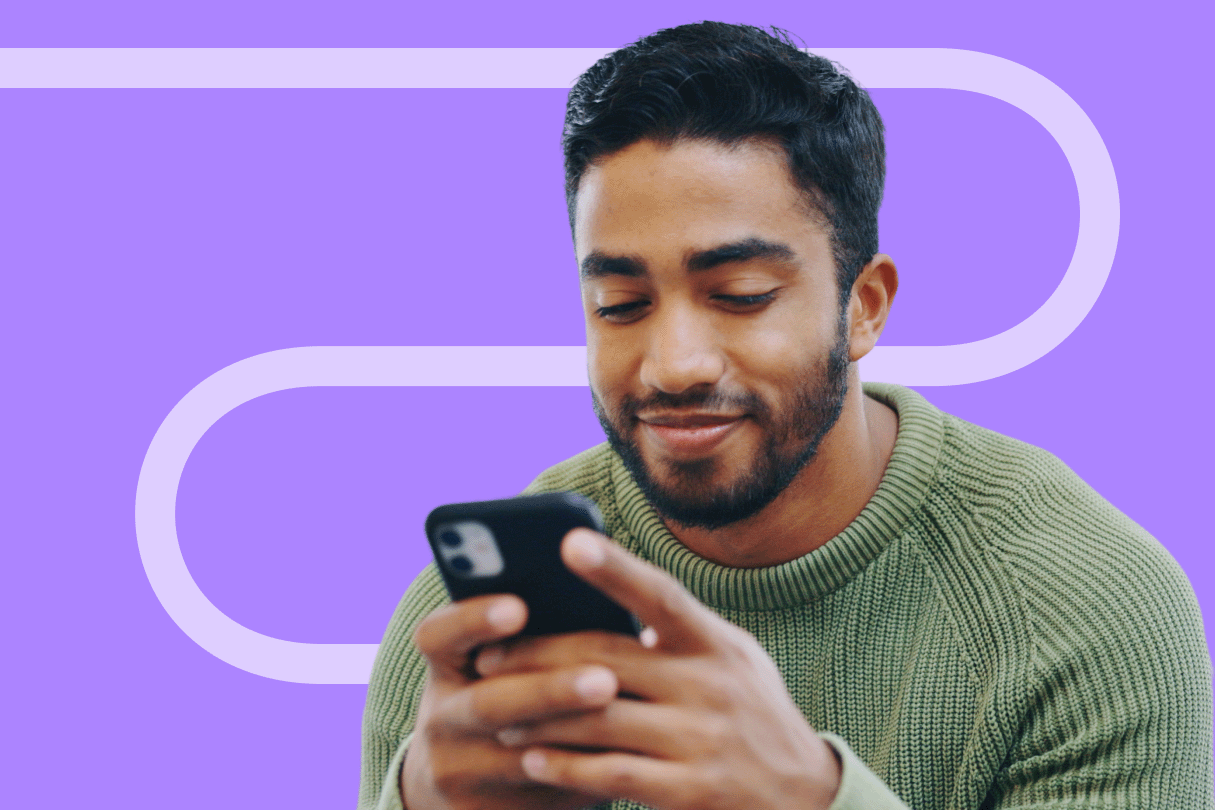

-Preview%20Image.png)



